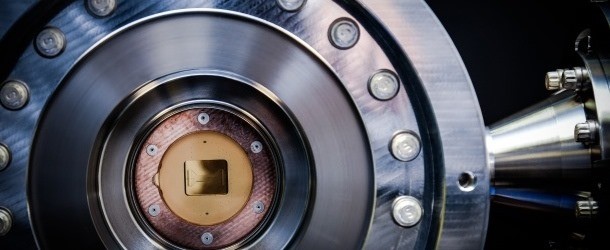Honeywell Identifies Three Eras in Quantum Computing

(Forbes.com) Gil Press, Senior Contributor to Forbes outlines the the three distinct eras in the evolution of quantum computing that have been proposed by Tony Uttley, President of Honeywell Quantum Solutions.
Utley says, “Today, we are in the emergent era—”you can start to prove what kind of things work, what kind of algorithms show the most promise.” For example, the Future Lab for Applied Research and Engineering (FLARE) group of JPMorgan Chase published a paper in June summarizing the results of running on the Honeywell quantum computer complex mathematical calculations used in financial trading applications.
The next era Uttley calls classically impractical, running computations on a quantum computer that typically are not run on today’s (“classical”) computers because they take too long, consume too much power, and cost too much. “Crossing the threshold from emergent to classically impractical is not very far away,” he asserts, probably sometime in the next 18 to 24 months. “This is when you build the trust with the organizations you work with that the answer that is coming from your quantum computer is the correct one,” says Uttley.
The last stage of the quantum evolution will be classically impossible—”you couldn’t in the timeframe of the universe do this computation on a classical best-performing supercomputer that you can on a quantum computer,” says Uttley.
There are three ways by which counterparts in other companies, the lead-users who are interested in experimenting with quantum computing, can currently access Honeywell’s solution: Run their program directly on Honeywell’s quantum computer; through Microsoft Azure Quantum services; and working with two startups that Honeywell has invested in, Cambridge Quantum Computing (CQC) and Zapata Computing, both assisting in turning business challenges into quantum computing and hybrid computing algorithms.



















